Grow Broccoli at Home – sounds intimidating, right? But trust me, it’s easier than you think! Forget those expensive, sometimes lackluster, heads of broccoli from the grocery store. Imagine stepping into your own backyard and harvesting crisp, vibrant, and utterly delicious broccoli that you nurtured from seed to table. This isn’t just about saving money; it’s about connecting with nature and enjoying the unparalleled flavor of homegrown goodness.
For centuries, broccoli has been a staple in gardens around the world. Originating in Italy, its cultivation dates back to the Roman Empire, where it was prized for its nutritional value and unique taste. Today, the desire to grow broccoli at home is experiencing a resurgence, fueled by a growing awareness of the benefits of fresh, locally sourced food.
Why should you try this DIY project? Well, store-bought broccoli often travels long distances, losing flavor and nutrients along the way. Plus, you have no control over the pesticides or chemicals used in its cultivation. By growing your own, you can ensure a healthy, organic, and incredibly flavorful harvest. In this article, I’m going to share some simple yet effective tricks and DIY hacks that will empower you to successfully grow broccoli at home, even if you’re a complete beginner. Get ready to unleash your inner gardener and enjoy the satisfaction of growing your own food!
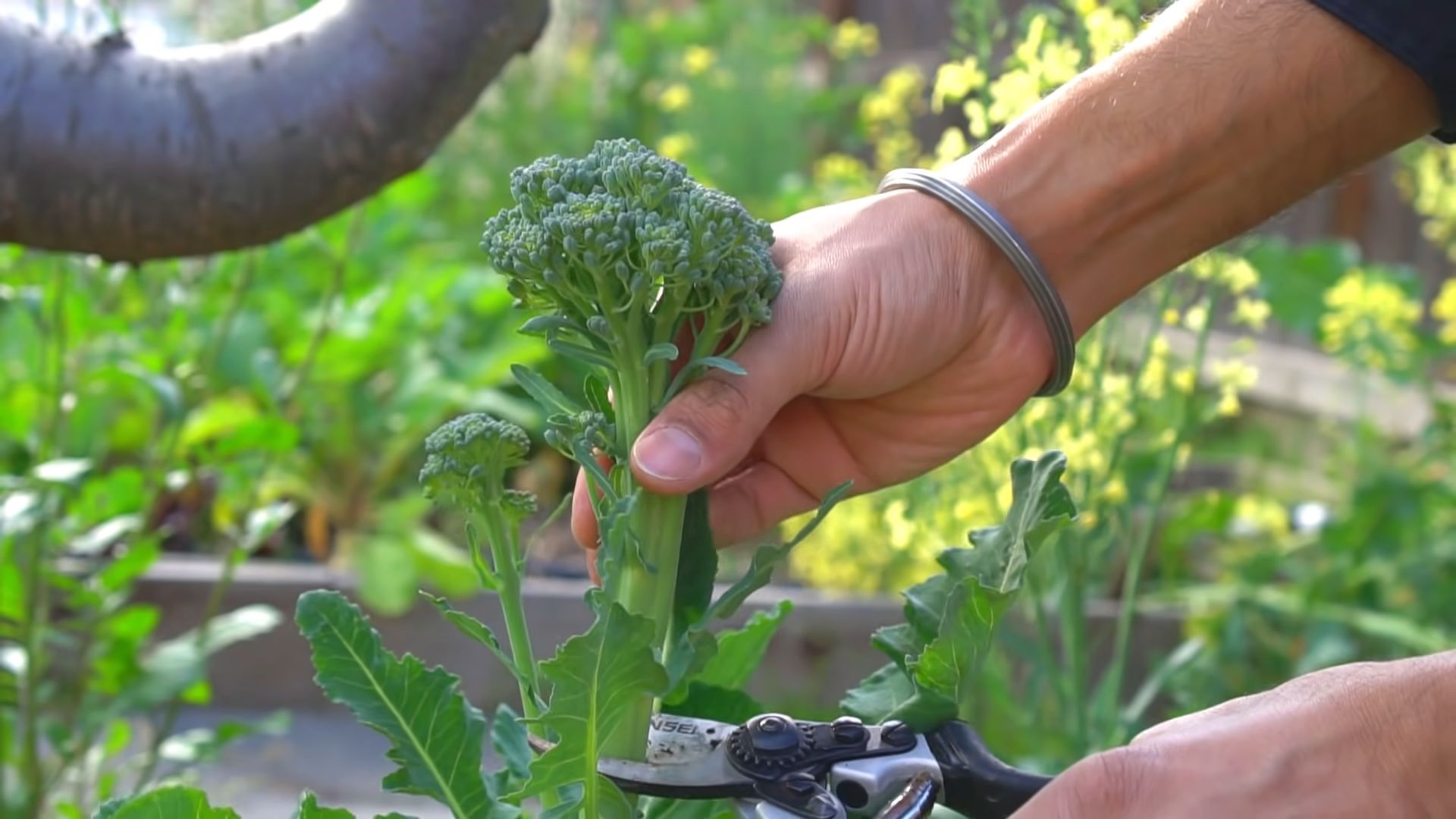
Grow Your Own Broccoli: A Beginner’s Guide to a Bountiful Harvest
Hey there, fellow gardening enthusiasts! I’m so excited to share my experience growing broccoli at home. It’s surprisingly easier than you might think, and the taste of homegrown broccoli is simply unbeatable. Forget those bland supermarket florets – we’re talking vibrant green, nutrient-packed goodness straight from your garden! This guide will walk you through every step, from choosing the right variety to harvesting your delicious crop.
Choosing the Right Broccoli Variety
Before we get our hands dirty, let’s talk broccoli varieties. Not all broccoli is created equal, and selecting the right one for your climate and growing season is crucial. Here are a few popular and reliable options:
* Calabrese: This is your classic broccoli, producing a large central head. It’s a great all-around choice and relatively easy to grow.
* Waltham 29: Another reliable variety known for its cold hardiness. Perfect if you live in an area with cooler temperatures or want to extend your growing season.
* DiCicco: This variety produces a smaller central head followed by numerous side shoots, giving you a longer harvest period.
* Romanesco: If you’re feeling adventurous, try Romanesco broccoli! Its unique fractal pattern is a feast for the eyes and the taste is mild and nutty.
Consider your local climate and the length of your growing season when making your choice. Seed packets usually provide information on days to maturity, which is a helpful indicator.
Getting Started: Planting Your Broccoli
Broccoli can be started indoors or directly sown in the garden, depending on your climate. I prefer starting indoors because it gives the seedlings a head start and protects them from pests.
Starting Seeds Indoors (Recommended)
1. Gather Your Supplies: You’ll need seed starting trays or small pots, seed starting mix (not regular potting soil!), broccoli seeds, a spray bottle, and a grow light (optional, but highly recommended).
2. Sow the Seeds: Fill your trays or pots with seed starting mix. Make a small indentation (about ¼ inch deep) in the center of each cell or pot. Place 2-3 broccoli seeds in each indentation and gently cover with soil.
3. Water Carefully: Use a spray bottle to gently moisten the soil. Avoid overwatering, as this can lead to damping off (a fungal disease that kills seedlings).
4. Provide Light and Warmth: Place the trays or pots in a warm location (around 70-75°F) and under a grow light if you have one. If you don’t have a grow light, a sunny windowsill will work, but be sure to rotate the trays regularly to prevent the seedlings from leaning towards the light.
5. Keep the Soil Moist: Check the soil moisture daily and water as needed to keep it consistently moist but not soggy.
6. Thin the Seedlings: Once the seedlings have emerged and have a couple of true leaves (the second set of leaves), thin them to one seedling per cell or pot. Choose the strongest, healthiest-looking seedling and gently snip off the others at the soil line.
7. Harden Off the Seedlings: About a week before you plan to transplant the seedlings outdoors, you’ll need to harden them off. This process gradually acclimates them to outdoor conditions. Start by placing the trays or pots outdoors in a sheltered location for a few hours each day, gradually increasing the amount of time they spend outside. Protect them from direct sunlight and strong winds.
Direct Sowing (For Warmer Climates)
1. Prepare the Soil: Choose a sunny location with well-drained soil. Amend the soil with compost or other organic matter to improve its fertility and drainage.
2. Sow the Seeds: Sow the seeds directly into the garden soil, about ½ inch deep and spaced 18-24 inches apart.
3. Water Gently: Water the soil gently to keep it moist.
4. Thin the Seedlings: Once the seedlings emerge and have a couple of true leaves, thin them to one seedling per 18-24 inches.
Transplanting Your Broccoli Seedlings
Once your seedlings are about 4-6 inches tall and have been hardened off, it’s time to transplant them into the garden.
1. Choose a Sunny Location: Broccoli needs at least 6 hours of sunlight per day.
2. Prepare the Soil: Make sure the soil is well-drained and amended with compost or other organic matter.
3. Dig Holes: Dig holes that are slightly larger than the root balls of the seedlings, spacing them 18-24 inches apart.
4. Gently Remove the Seedlings: Carefully remove the seedlings from their trays or pots, being careful not to damage the roots.
5. Plant the Seedlings: Place the seedlings in the holes and gently backfill with soil. Make sure the top of the root ball is level with the surrounding soil.
6. Water Thoroughly: Water the seedlings thoroughly after planting.
7. Mulch: Apply a layer of mulch around the plants to help retain moisture, suppress weeds, and regulate soil temperature. I like to use straw or shredded leaves.
Caring for Your Broccoli Plants
Now that your broccoli plants are in the ground, it’s important to provide them with the care they need to thrive.
* Watering: Broccoli needs consistent moisture, especially during hot, dry weather. Water deeply and regularly, aiming for about 1-1.5 inches of water per week. Avoid overhead watering, as this can promote fungal diseases. Drip irrigation is a great option.
* Fertilizing: Broccoli is a heavy feeder, so it needs regular fertilization. Apply a balanced fertilizer (e.g., 10-10-10) every 2-3 weeks, following the instructions on the fertilizer package. You can also use organic fertilizers like compost tea or fish emulsion.
* Weeding: Keep the area around your broccoli plants free of weeds, as weeds can compete for nutrients and water. Hand-pull weeds regularly or use a hoe to cultivate the soil.
* Pest Control: Broccoli is susceptible to several pests, including cabbage worms, aphids, and flea beetles. Here are a few ways to control these pests:
* Cabbage Worms: These green caterpillars can quickly devour your broccoli leaves. Hand-pick them off the plants or use Bacillus thuringiensis (Bt), a natural insecticide that is safe for humans and pets.
* Aphids: These tiny insects suck the sap from plants, causing them to weaken and become distorted. Spray them off with a strong stream of water or use insecticidal soap.
* Flea Beetles: These small, jumping beetles can create tiny holes in the leaves of your broccoli plants. Cover the plants with row covers to prevent them from reaching the plants, or use insecticidal soap.
* Disease Prevention: Broccoli can be affected by several diseases, including black rot and clubroot. Here are a few ways to prevent these diseases:
* Choose Disease-Resistant Varieties: Select broccoli varieties that are resistant to common diseases.
* Practice Crop Rotation: Avoid planting broccoli in the same location year after year.
* Improve Soil Drainage: Make sure the soil is well-drained to prevent fungal diseases.
* Remove Infected Plants: If you see any signs of disease, remove the infected plants immediately to prevent the disease from spreading.
Harvesting Your Broccoli
The moment you’ve been waiting for! Harvesting your broccoli at the right time is crucial for getting the best flavor and texture.
1. Timing is Key: Harvest your broccoli when the central head is firm and tight, and the flower buds are still closed. If the buds start to open and turn yellow, the broccoli is past its prime.
2. Cut the Head: Use a sharp knife to cut the central head from the plant, leaving a few inches of stem.
3. Encourage Side Shoots: After harvesting the central head, the plant will often produce side shoots. These smaller florets can be harvested over a longer period, giving you a continuous supply of broccoli.
4. Harvest Side Shoots: Harvest the side shoots when they are firm and tight, just like the central head.
5. Enjoy Your Harvest: Enjoy your fresh, homegrown broccoli in salads, stir-fries, steamed, roasted, or however you like!
Troubleshooting Common Broccoli Problems
Even with the best care, you might encounter some problems while growing broccoli. Here are a few common issues and how to address them:
* Buttoning: This is when the broccoli head forms prematurely and remains small. It can be caused by stress, such as extreme temperatures, lack of water, or poor soil fertility. Make sure your plants are getting enough water and fertilizer, and protect them from extreme temperatures.
* Bolting: This is when the broccoli plant
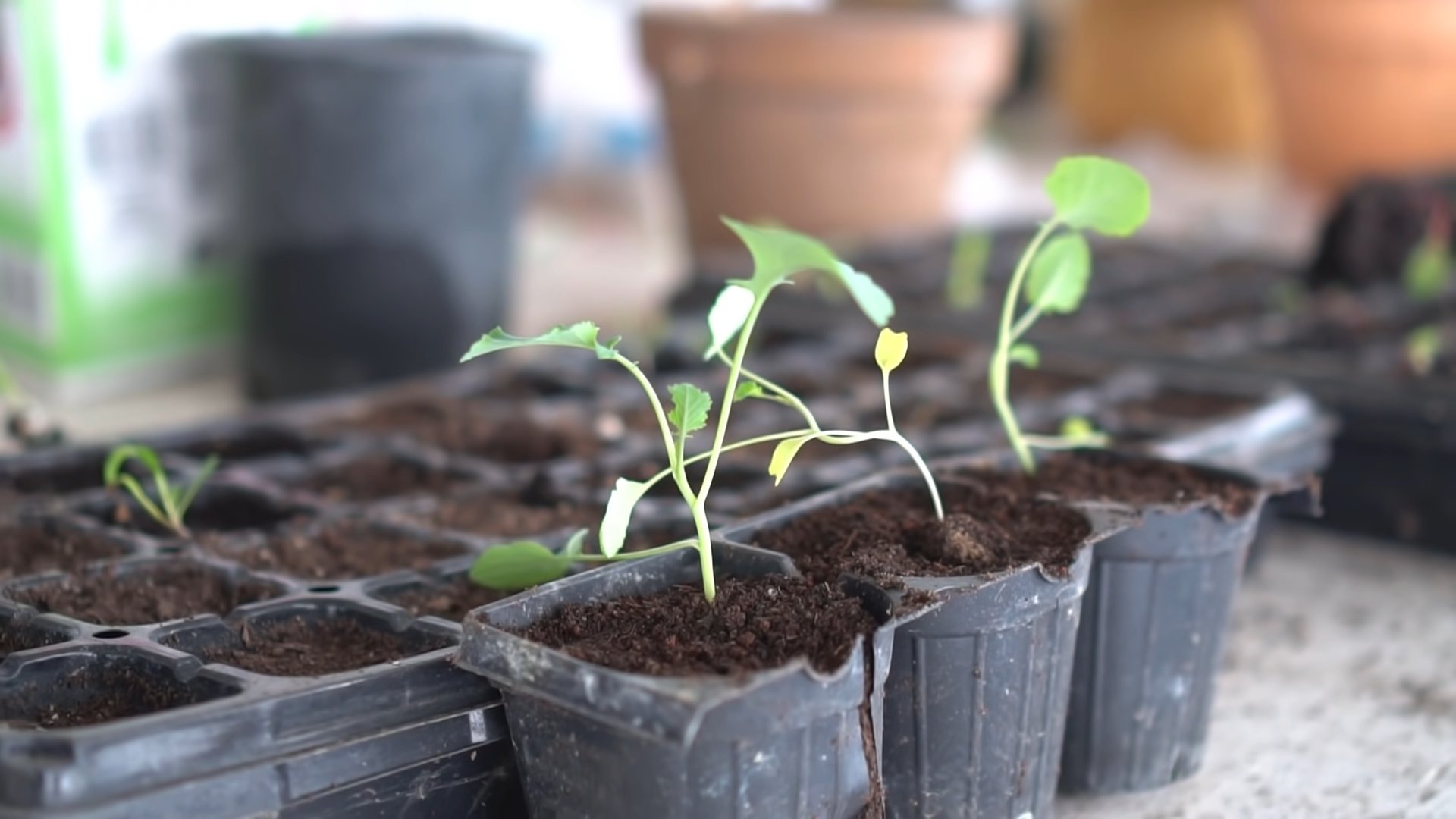
Conclusion
So, there you have it! Growing broccoli at home isn’t just a gardening project; it’s a gateway to fresher, more flavorful meals and a deeper connection with the food you eat. We’ve walked through the essential steps, from selecting the right variety to warding off common pests, and hopefully, demystified the process along the way.
Why is this DIY trick a must-try? Because the broccoli you harvest from your own garden will be unlike anything you’ve ever tasted from the grocery store. The flavor is more intense, the texture is crisper, and the satisfaction of nurturing a plant from seed to table is immeasurable. Plus, you have complete control over what goes into your broccoli’s growth – no mystery pesticides or questionable farming practices here! You’re in charge of providing the best possible environment for your plants to thrive.
But don’t stop there! Experiment with different varieties of broccoli to find your favorite. Try growing sprouting broccoli for a continuous harvest of tender florets, or explore colorful options like purple or Romanesco broccoli for a visually stunning addition to your garden and plate. Consider companion planting with herbs like rosemary or thyme to naturally deter pests and enhance the flavor of your broccoli. You can even try succession planting, sowing new seeds every few weeks, to ensure a steady supply of fresh broccoli throughout the growing season.
And if you’re feeling adventurous, why not try fermenting your homegrown broccoli? Broccoli stems and leaves make excellent additions to lacto-fermented vegetable medleys, adding a unique depth of flavor and a boost of probiotics to your diet.
Ultimately, the best way to discover the joys of growing broccoli at home is to simply dive in and give it a try. Don’t be afraid to make mistakes – gardening is a learning process, and every challenge is an opportunity to grow (pun intended!).
We’re confident that with a little patience and care, you’ll be enjoying delicious, homegrown broccoli in no time. So, grab your seeds, prepare your soil, and get ready to experience the rewarding journey of growing your own food.
We’d love to hear about your experiences! Share your tips, tricks, and triumphs in the comments below. Let us know what varieties you’re growing, what challenges you’ve faced, and what delicious dishes you’ve created with your homegrown broccoli. Together, we can build a community of passionate gardeners and inspire others to discover the joys of growing their own food. Happy gardening!
Frequently Asked Questions (FAQ)
What is the best time of year to start growing broccoli?
The ideal time to start growing broccoli depends on your climate. Broccoli is a cool-season crop, meaning it thrives in temperatures between 60°F and 70°F (15°C and 21°C). In regions with mild winters, you can plant broccoli in the fall for a winter or early spring harvest. In colder climates, start seeds indoors 6-8 weeks before the last expected frost and transplant them outdoors in the spring. For a fall harvest in colder climates, start seeds indoors in mid-summer. Pay attention to your local weather patterns and frost dates to determine the optimal planting time for your area.
How much sunlight does broccoli need?
Broccoli requires at least 6 hours of direct sunlight per day to thrive. Choose a planting location that receives full sun for the majority of the day. If you live in a particularly hot climate, some afternoon shade can be beneficial to prevent the broccoli heads from bolting (going to seed prematurely). Insufficient sunlight can result in weak, leggy plants with small, underdeveloped heads.
What kind of soil is best for growing broccoli?
Broccoli prefers well-drained, fertile soil that is rich in organic matter. The ideal soil pH is between 6.0 and 7.0. Before planting, amend your soil with compost, aged manure, or other organic materials to improve its fertility and drainage. Broccoli is a heavy feeder, so it benefits from soil that is rich in nutrients. Consider adding a slow-release fertilizer at planting time to provide a steady supply of nutrients throughout the growing season.
How often should I water my broccoli plants?
Broccoli needs consistent moisture to thrive. Water deeply and regularly, especially during dry periods. Aim to keep the soil consistently moist but not waterlogged. A good rule of thumb is to water when the top inch of soil feels dry to the touch. Mulching around your broccoli plants can help to retain moisture in the soil and suppress weed growth. Avoid overhead watering, as this can increase the risk of fungal diseases. Instead, water at the base of the plants.
What are some common pests and diseases that affect broccoli, and how can I control them?
Broccoli is susceptible to several common pests and diseases, including cabbage worms, aphids, flea beetles, and clubroot. Cabbage worms can be controlled by handpicking them off the plants or by using Bacillus thuringiensis (Bt), a natural insecticide. Aphids can be washed off with a strong stream of water or controlled with insecticidal soap. Flea beetles can be deterred by using row covers or by applying diatomaceous earth around the plants. Clubroot is a soilborne disease that can be prevented by practicing crop rotation and by ensuring that your soil is well-drained. Choose disease-resistant varieties of broccoli whenever possible.
When is broccoli ready to harvest?
Broccoli is ready to harvest when the central head is firm, tight, and a deep green color. The individual florets should be tightly closed and not starting to open or flower. The size of the head will vary depending on the variety, but generally, you should harvest when the head is about 4-7 inches in diameter. Use a sharp knife to cut the head from the plant, leaving a few inches of stem attached. After harvesting the central head, the plant may produce smaller side shoots that can also be harvested.
Can I grow broccoli in containers?
Yes, you can grow broccoli in containers, but you’ll need to choose a large container that is at least 12 inches in diameter and 12 inches deep. Use a high-quality potting mix that is well-draining and rich in nutrients. Container-grown broccoli will need more frequent watering and fertilizing than broccoli grown in the ground. Make sure the container receives at least 6 hours of direct sunlight per day.
What are some good companion plants for broccoli?
Companion planting can help to deter pests, attract beneficial insects, and improve the overall health of your broccoli plants. Good companion plants for broccoli include:
* **Herbs:** Rosemary, thyme, sage, dill, and mint can help to repel cabbage moths and other pests.
* **Flowers:** Marigolds and nasturtiums can attract beneficial insects like ladybugs and lacewings, which prey on aphids and other pests.
* **Vegetables:** Onions, garlic, and radishes can help to deter pests and improve soil health.
Avoid planting broccoli near other members of the brassica family, such as cabbage, cauliflower, and kale, as they can attract the same pests and diseases.
How can I store harvested broccoli?
Freshly harvested broccoli can be stored in the refrigerator for up to a week. To store broccoli, wrap it loosely in a damp paper towel and place it in a plastic bag or container. You can also blanch broccoli and freeze it for longer storage. To blanch broccoli, cut it into florets and boil it for 3-5 minutes. Then, immediately transfer it to an ice bath to stop the cooking process. Drain the broccoli thoroughly and freeze it in a single layer on a baking sheet. Once frozen, transfer the florets to a freezer bag or container.


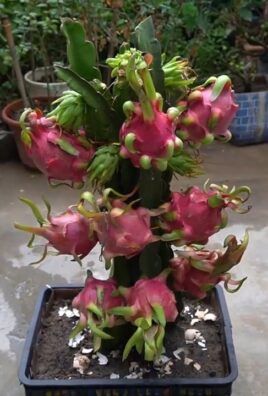
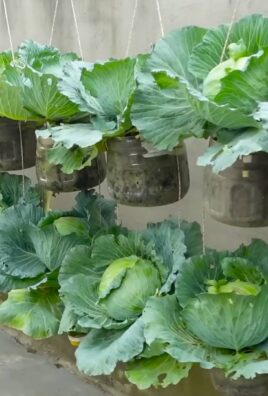
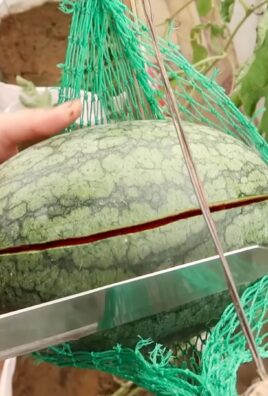
Leave a Comment